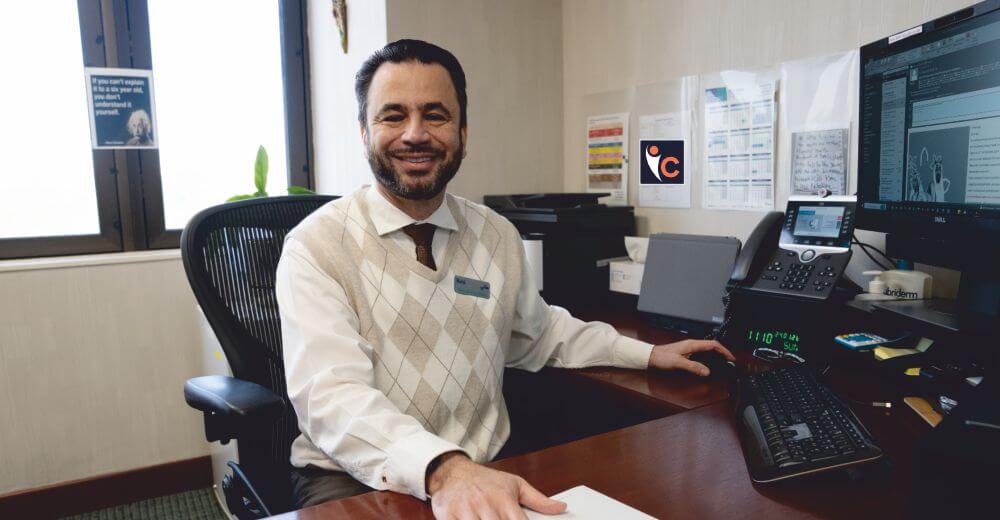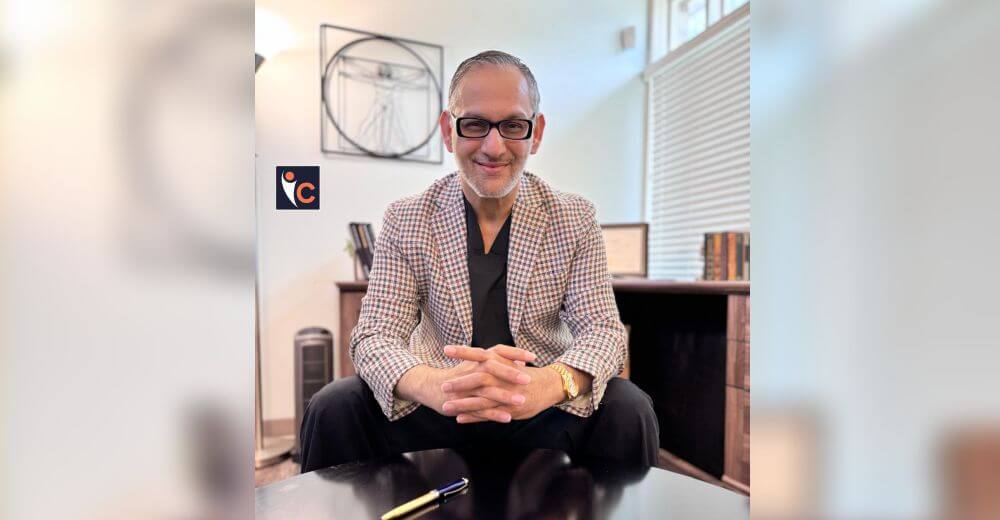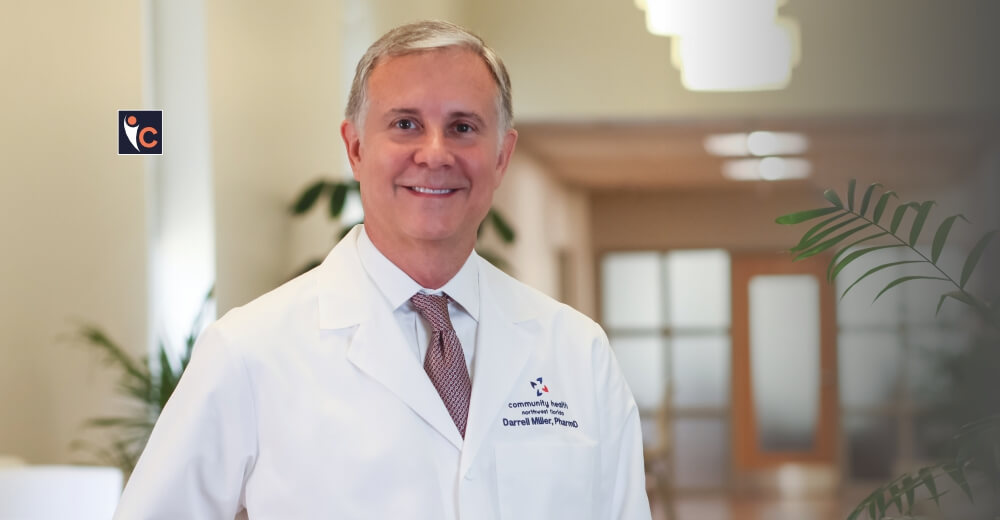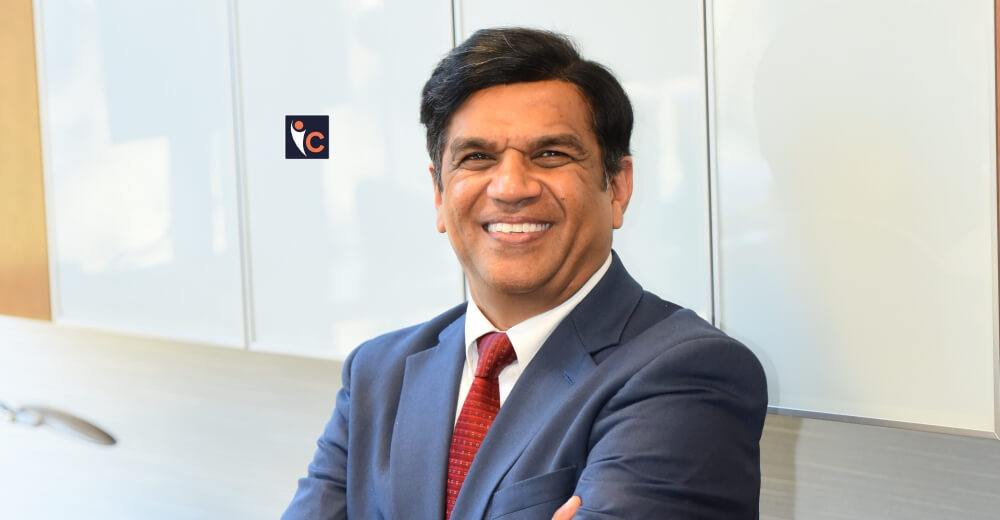Fictional movies impact the viewers in various ways. And, out of many, the most popular scenic moment people have held with them is to have a personal genie. While, for obvious reasons, it is difficult to have a real wish-fulfilling human, but a possible solution is offered by technology through its platform of artificial intelligence.
Though the avenues offered by this are used to aid a wide range of human progressions, it is becoming the most popular in the healthcare sector. From diagnosis to treatment, AI has been taking care of every minute thing required in the contemporary health setting.
Today, the foremost medical challenge is the spiraling incidence of non-communicable diseases, in which cancer ranks second place after cardiovascular diseases.
According to the International Agency for Research on Cancer, globally, one in five people is affected by this disease. Many doctors state that the main cause behind this is the delay in the detection of cancer, along with almost ten to twenty percent chances of misdiagnosis.
As an effective solution to this, many companies are calibrating scientific methodologies to converge human intelligence with technology in the healthcare industry to help doctors identify malignancies in their early stages.
One such company is AIE, which is transforming biomedical problems into Data Science problems that are improving accuracy in early recognition of cases along with its first Multi-Cancer Early Detection test to save and improve numerous lives.
This solution was pioneered by its Founder and CEO – Dr. Alexandru Floares, who holds an MD and a Ph.D. degree in Biophysics and is leading the medical field with his research-driven AI-based diagnosis and prognosis initiative.
Let us read more about their inspiring work!
The How’s and the Why’s of their Journey
AIE was founded in 2017 as a spinoff of a private research NGO, Solutions of Artificial Intelligence Applications (SAIA). All SAIA founders were physicians, including the founder – a neurologist with a solid mathematical background.
At SAIA, they started in 2004 to transform biomedical problems, especially in the cancer field (as the co-founder Carmen Floares was an oncologist), into Data Science problems and tried to solve them with AI.
Dr. Alexandru shares, “At that time, we did not realize that our approach was pioneering the actual paradigm shift in biomedicine. In 2008, we started a collaboration with MD Anderson Cancer Center aiming to diagnose bladder cancer early by using the circulating (liquid biopsy) miRNA and AI.”
This test performance established a new state-of-the-art, inspiring them to continue in this direction with two other similar projects. A plethora of free clinical studies data became available, enabling AIE to develop its first MultiCancer Early Detection (MCED) test in 2012 (unpublished results).
In 2018, Alexandru found a paper about an MCED test, highly acclaimed in the media. He says, “I first felt that all our work was in vain. However, looking more carefully, I realized that our MCED is much better (e.g., having a breast cancer detection rate of 99% instead of 33%).”
This determined the leader and the team at AIE to entirely focus on an accelerated go-to-market with their MCED test, to their knowledge, the best one.
The Marvel of AIE
Alexandru’s journey started as a clinical neurologist with a solid mathematical background when he realized that despite his hardworking, the fate of stroke patients is not significantly changed by his or his colleague’s treatments. But at the same time, he was excited by the newly emerging AI.
He made the hardest life decision – to quit neurology and follow his dream, AI. He says that he knew more about what he did not want to do than what he would do. He considers it the best decision of his life.
He founded SAIA and followed a pretty successful scientific research career. In 2017, his job was still ascending, and he had a lot of research plans. He then realized that their Multi-Cancer Early Detection (MCED) was way better, but he needed a startup to develop it further. He was facing the tough dilemma of leaving his career midway. But he decided to start again from zero, as a businessman this time.
This thought was just the beginning for him.
Then, he and his team won some competitions where business training was an important part. He found that professional business management is closer to Data Science with AI than he had expected – use data, define metrics, experiment, optimize, etc.
Thus, AIE naturally became an AI-driven company. Considering that their research is flourishing, and their startup is growing fast and hence for him this decision was good too. The only price, he feels, is working twelve hours per day, 6 – 7 days per week, but that was always his working program, which talks aloud of his dedication put in his work to achieve what he had dreamt of.
The Mission of Life and Company
First, both co-founders worked directly with patients with severe illnesses like stroke or cancer. Alexandru shares, “We know what suffering means and when patients place their lives and hope in your hands. I used to think that my personal ambitions strongly motivated me too.”
However, his recent visit to the Vatican for a talk about AI in Cancer made him feel that that was a proper place to meditate on the meaning of one’s life.
Sharing his experience, he says, “I realized that I quit neurology because I could not save and improve lives but could surely do it with our cancer tests. My ambitions could not be satisfied only by publishing some papers about the best cancer tests. I understood that if my tests remained just brilliant intellectual exercises, instead of saving and improving lives, my life would be a failure, and failure is not an option.”
This contemplation led him to make his mission the company’s mission as well, which is also reflected in the company’s offerings.
Services Delivering Reliability
Talking about the elements of the company’s services, Alexandru opines, “We started to think that non-invasive tests should be preferred to invasive ones for the benefit of the patients. The tests should be data-driven – let the data speak instead of imposing a model on it.”
To assure its customers about credibility in data, AI is being used as it understands high-throughput data better than any human being does.
This strength of AI may not always reflect the true versions.
Explaining further about this, Alexandru says, “No matter how attractive a specific molecular alteration looks from the biological knowledge viewpoint, let AI check if this is informative or not for a given biomedical problem. As AI only extracts the existing information in data, if these alterations are not very informative, the performance will be necessarily low. Moreover, living systems are functionally redundant.”
To put it simply, Alexandru believes that the same function could be performed in different but equivalent ways at the molecular level, making them highly robust. This has a substantial impact on biomarker discovery and predictive model development.
To comprehend this further, he put forth an instance. He says, “For example, in a small cohort of patients used for learning, AI can find a pattern of alterations, but in another one, a different but functionally equivalent dominates. This means the model will not generalize to new unseen cases well.”
Continuing to give deeper insights, he says, “The situation is even worse when you have many variables and few cases. Small studies are inconclusive, so we collected more than 10,000 cases. What is statistically irrelevant, e.g., highly correlated variables, and eliminated by the AI algorithms, could be biologically relevant.”
AIE dual set of problems to be addressed, which Alexandru says are, “We avoid aggressive feature selection as it results in models not generalizing well and secondly, physicians do not trust a model unless its predictions are transparent and intelligible.”
Hence, it uses Explainable AI (XAI). Alexandru says, “Putting it all together, we defined and followed the ART criteria – our tests (models) should be highly Accurate, Robust, and Transparent.”
Testing it Early with MCED
AIE’s MCED test belongs to the new generation of digital-only medical tests and makes a highly accurate early cancer detection routine. It has the highest performance of 99-100 percent accuracy at an affordable price. It is technology-agnostic, working on NGS, microarray, PCR, and Nanostring data.
Giving words to the test’s performance, Alexandru says, “It is personalized – AI offers a personalized explanation of the diagnosis in terms of altered circulating miRNA. In addition, the test can monitor the response to treatment.”
Answering through Technological Intelligence
AIE’s AI platform results from more than fifteen years of research and continuously evolves as high-throughput technologies and AI progresses. It combines bioinformatics pipelines to process the raw omics data and transform it into the format required by AI to develop predictive models.
According to Dr. Alexandru, most existing bioinformatics pipelines consist of steps that make (unrealistic) statistical assumptions about the data and simplifications and perform optimizations.
He says, “There are theorems stating that a neural network can approximate (discover) any function. Post some “crazy” experiments, we had a revelation. We found that neural networks can discover better bioinformatic pipelines than we would do – making no assumptions or simplifications and having a single optimization process, e.g., a diagnosis accuracy. The result is an end-to-end solution consisting of data transformations giving the best accuracy.”
Their platform is disease-agnostic and works with the most available omics data. However, he comments, “There are still some questionable beliefs in the field. For example, a study should end with the differential expression of omics.” Questioning the current practices, he enquires, “So why do Machine Learning (ML) practitioners not perform this step in other areas?”
Presenting an answer to this query, he says, “Because ML algorithms always ignore the inputs with no differences between two or more conditions, being uninformative. Another belief is that we need just a list of biomarkers to solve practical problems. However, with the same list of biomarkers, one can build the best or the worst model.”
Therefore, Alexandru asserts, “There is a need to discover from data a subset of the differentially expressed omics and the relationship (predictive model) between them and the output, e.g., a diagnosis, prognosis, or response to treatment.” And this could be fulfilled with other Hi-tech avenues.
Aligning with Recent Upgradations
In the last few decades, the most outstanding healthcare progress was due to the enormous impact of ICT on medical imaging and molecular biology. For example, the old radiography became computed tomography.
Similarly, conventional molecular biology technologies became high throughput.
Complementing such innovations in the field, Alexandru comments, “Both are big leaps, but the huge one has just started – AI becoming structural to healthcare. We can say that healthcare is in the high-throughput data age. However, our mindset is not yet in this age but is facing a paradigm change.”
Genetic information is distributed and accessed in parallel. The biological reality at the molecular level consists of complex and intricate networks of molecules. He says, “Not long ago, we asked what gene is responsible for a complex disease. However, an organism where a single gene could be so important will hardly survive natural selection.”
Adding on, he says, “However, we still think about a couple of tens of molecules we can list and “mechanistically explain.” AI-powered medical imaging will evolve fast as the algorithms for computer vision which will be easily adapted to medical imaging.”
He emphasizes the fact that the world has to understand that the above-mentioned adaptability is not true for the highthroughput omics data, as they have specific peculiarities not present in the non-biological world where the AI/ML algorithms were developed. Hence, Dr. Alexandru comments, “Until we comprehend this, most predictive models and corresponding biomarkers will not generalize well to new data.”
He believes that the time is not far when hospitals will become virtual distributed organizations crossing the walls and even national borders, and human teams will collaborate with their digital counterparts, improving patients’ outcomes and saving resources.
The team at AIE is working now on what they see as the solution.
Where they will firstly automate the healthcare workflows. Then, will implement Intelligent Systems (AI) capable of taking inputs from all kinds of data (multi-modal), including omics and images, and giving results from diagnosis, prognosis, response to treatment prediction, etc. (multi-task). The workflow indications (best practices) and all predictions will be expressed as intelligible rules.
A Message to Ingrain
As the sector is expanding, more such innovations would be needed to reduce the global disease burden. And to walk the steps of success, deeper insights and guidance become essential for persons desiring to venture into this field.
For this purpose, Dr. Alexandru spreads his words of wisdom to young entrepreneurs where he advises, “As we are in the middle of a revolution, you should think differently, revolutionarily. Do not consider the actual biomedical knowledge as almost complete and almost perfect. It will be heavily challenged by the knowledge we will extract with AI from rapidly accumulating highthroughput data. This will impact not only the technology but also the business models. You should disrupt both, thinking about the patient’s and physician’s problems. Imagine yourself as a surfer. Big waves are coming. Be prepared to see them, catch them, and ride them.”
Expanding in 2022 and Beyond
After a time of hard-working without visible results, they were suddenly blessed with a forty-two times growth in funding (grants and investments), allowing them to enlarge both – the R & D and the business team.
As their AI-powered platform is disease agnostic, together with a top EU consortium, they are planning to enter the psychiatry field – depression treatment optimization and personalization. They also intend to extend to other areas, e.g., cardiovascular diseases and health wearable sensors.
They have launched their Biomedical Data analysis services, combining bioinformatics and AI, accelerating their go-to-market journey for the MCED test.
Dr. Alexandru shares, “We will further develop our consistent portfolio of ideas and proof of concepts, becoming a solid catalyzer of the actual healthcare revolution. We are riding big waves.”
Awards and Accolades
“Clearly, this could be not only the best multi-cancer test on the market but also a paradigm change in the whole field of molecular diagnostic.”- George A Calin, MD, Ph.D. Professor, Departments of Experimental Therapeutics and Leukemia Co-Director, The RNA Interference and Non-coding RNA Center at MD Anderson
The company has won various accolades in its journey. A few notable ones are mentioned below:
- AIE was mentioned in the book – Top Disruptors in Healthcare Report.
- AIE won a 6M Euro EIC Accelerator project on Breast Cancer early detection and, in a consortium, a Horizon Europe 10M Euro project on optimizing and personalizing depression treatment with AI.
| Next Story: https://insightscare.com/oncobit-imagine-the-potential-of-diagnostics-enabling-personalized-cancer-care/ |















